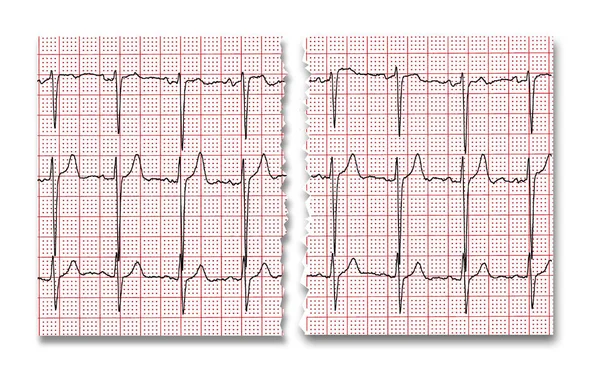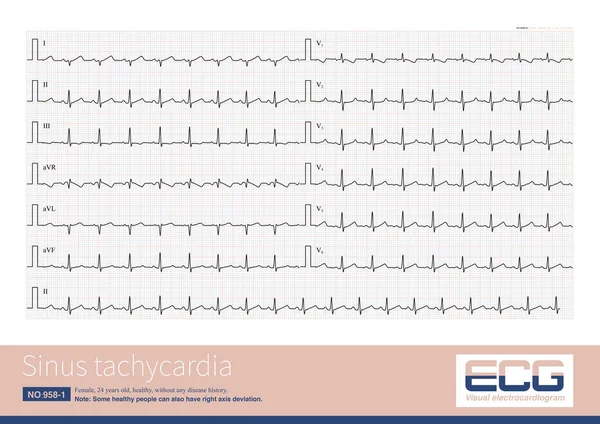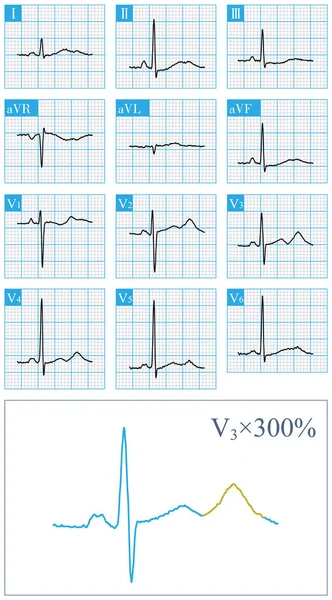Stock image In clinical practice, sinus arrhythmia often occurs together with sinus bradycardia, most of which are physiological rhythm changes and have no therapeutic significance.

Published: Feb.17, 2024 06:36:13
Author: asia11m
Views: 0
Downloads: 0
File type: image / jpg
File size: 5.3 MB
Orginal size: 10000 x 2660 px
Available sizes:
Level: beginner








